
Japanese Spitz
Japanese Spitz
Japanese Spitz
The Japanese Spitz is known for its beautiful white coat and dignified appearance. It has been a common pet in Japanese households since the 1940s. While it can be somewhat stubborn, it is also known to be intelligent and very gentle. Let’s explore the smart and dignified character of the Japanese Spitz!
Japanese Spitz Basic Infomation
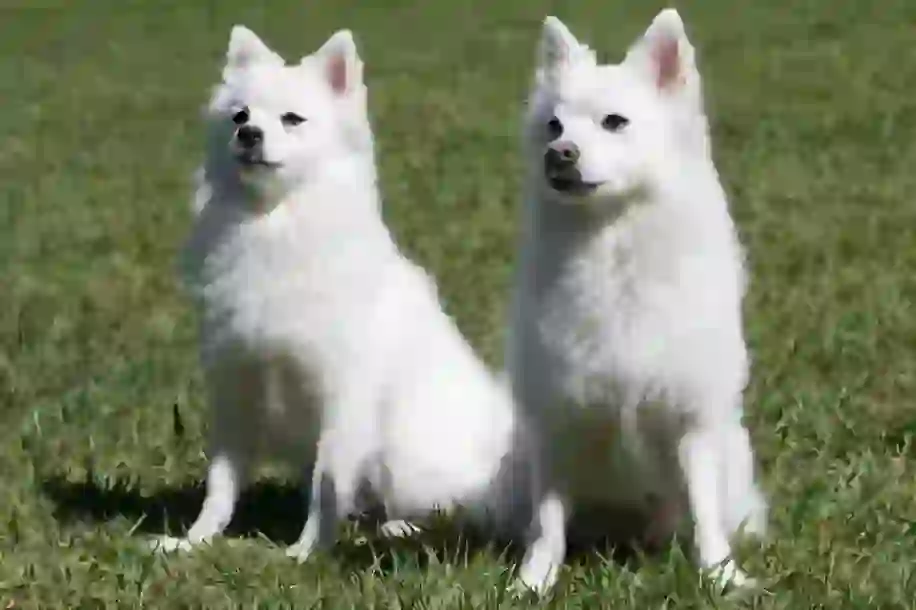
English Name: Japanese Spitz
Country of Origin: Japan (ancestors are believed to be the large white German Spitz)
Height: Males 30-38 cm, Females: slightly smaller (estimated 28-33 cm)
Weight: Males: 9-11 kg, Females: 7-10 kg, Puppies: around 3-4 kg
Coat: White
Average Lifespan: 10-16 years (varies by individual)
Size: Small to medium-sized (somewhat muscular build)
The ancestors of the Japanese Spitz are believed to be the large, white German Spitz. Around 1920, a dog lover brought a white Spitz-type dog to Tokyo, which became the root of the Japanese Spitz (there are various theories). Since then, it has been crossed with various dogs such as the American Eskimo and the white German Spitz, evolving into the current small to medium-sized Japanese Spitz.
In 1948, the Japan Kennel Club established the Japanese Spitz as a Japanese dog breed. In the 1950s, symbolizing the post-war prosperity, the Japanese Spitz became a huge craze in ordinary households. However, the breeding boom led to numerous problems, including excessive breeding, which eventually tarnished the breed's reputation as being prone to excessive barking, leading to a decline in popularity.
Later, dog enthusiasts and experts aimed to preserve and improve the breed through careful breeding. As a result, the Japanese Spitz has become a calm, intelligent breed known for minimal unnecessary barking.
As previously mentioned, the Japanese Spitz was once known for its excessive barking and rough temperament, but thanks to the efforts of many people, it has become a mild-mannered and intelligent breed. It generally has a cheerful disposition and adapts well to life with humans (primarily its owner and family).
However, it can become nervous and uneasy in unfamiliar places or around strangers. It is important to expose it to various environments from a young age to help it receive proper stimulation and training.
Japanese Spitz Q&A

The History of the Japanese Spitz
The ancestors of the Japanese Spitz are believed to be the large, white German Spitz. Around 1920, a dog lover brought a white Spitz-type dog to Tokyo, which is considered to be the root of the Japanese Spitz (there are various theories). Since then, it has been crossbred with various dogs like the American Eskimo and the white German Spitz, evolving into the current small to medium-sized Japanese Spitz.
In 1948, the Japan Kennel Club recognized the Japanese Spitz as a Japanese dog breed. In the 1950s, as a symbol of post-war prosperity, the Japanese Spitz became a huge craze in ordinary households. However, the breeding boom led to problems such as overbreeding, which eventually gave the breed a reputation for excessive barking, leading to a decline in popularity.
Later, dog enthusiasts and experts aimed to preserve and improve the breed through careful breeding. As a result, the Japanese Spitz has become a calm, intelligent breed known for minimal unnecessary barking.
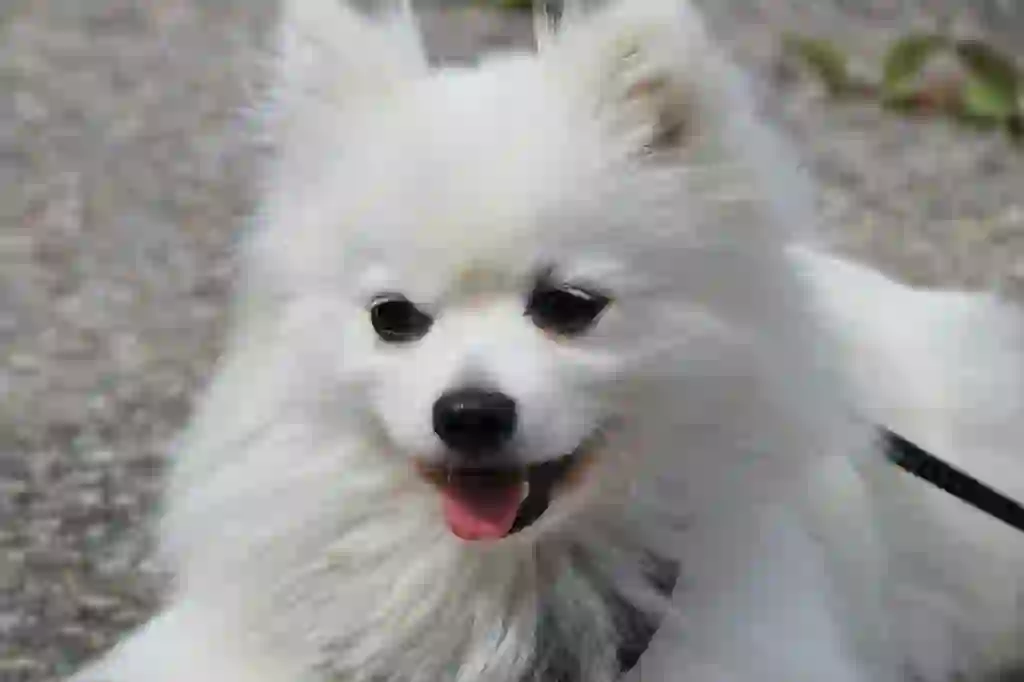
The Character of the Japanese Spitz
As previously mentioned, the Japanese Spitz was once known for its excessive barking and rough temperament, but thanks to the efforts of many people, it has become a mild-mannered and intelligent breed. It generally has a cheerful disposition and adapts well to life with humans (primarily its owner and family).
However, it can become nervous and uneasy in unfamiliar places or around strangers. It is important to expose it to various environments from a young age to help it receive proper stimulation and training.

What is the origin of the name 'Japanese Spitz'?
The breed was named after its fiery barking temperament, derived from the Russian word 'Spitch' meaning 'fire'.
Additionally, 'Spitz' in German means 'pointed', referring to their sharply pointed ears and muzzle, which are physical characteristics of the breed.

Why did the Japanese Spitz come to Japan?
Around 1920, a dog enthusiast from the Kanto region of Japan imported a Spitz-type dog (also known as a White Spitz) to Japan. The exact reasons are unclear.
Later, many people were captivated by the Japanese Spitz's beautiful coat and round eyes.
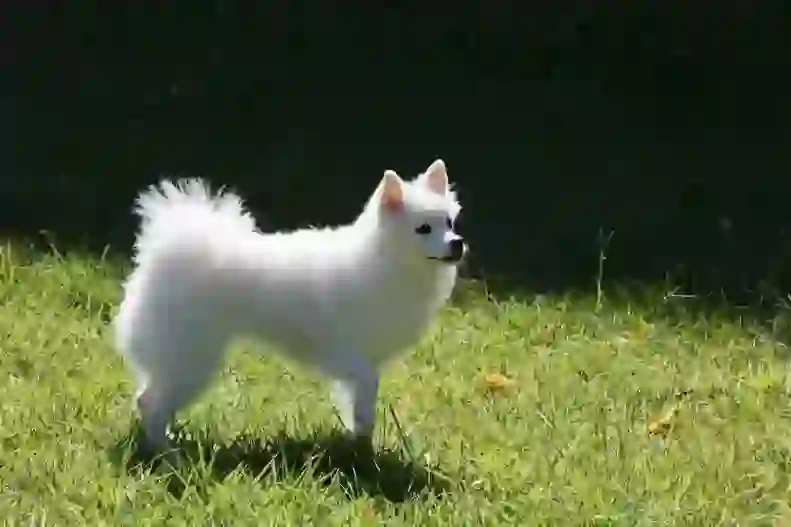
What does the Japanese Spitz prefer to eat?
The Japanese Spitz eats commercially available dog treats and dog food. Considering their active nature and exercise needs, a diet that supports joint care is recommended. Additionally, providing dog food rich in protein to prevent injuries and maintain muscle mass is advisable.
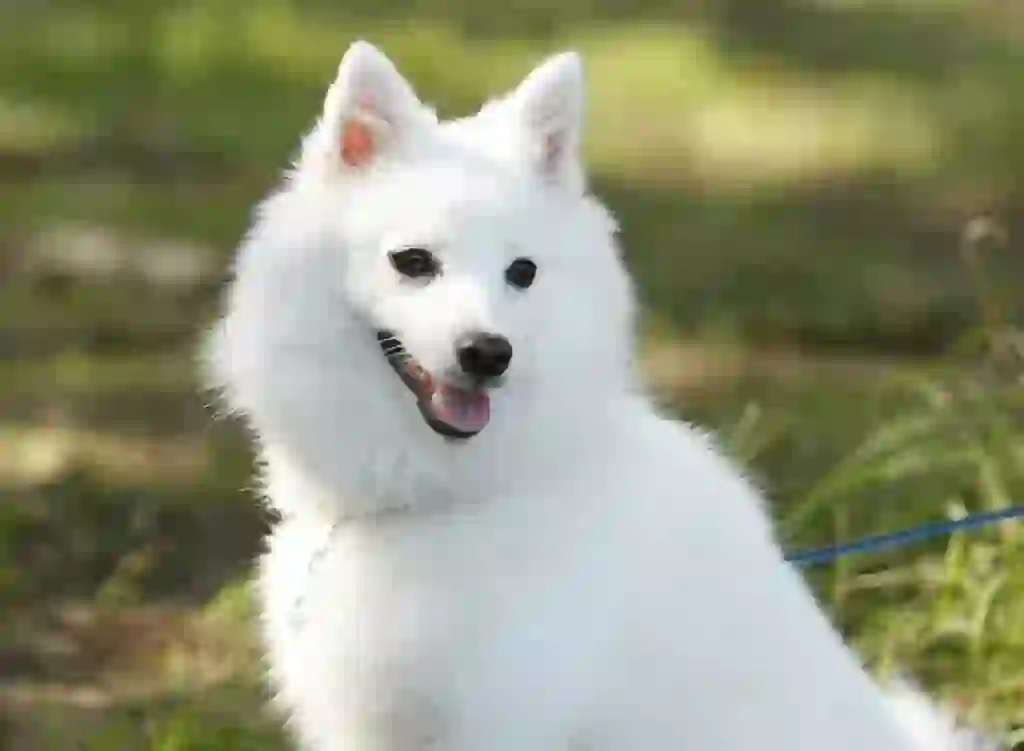
Is the Japanese Spitz a rare breed?
During the breed's boom years (1940s-1950s), uncontrolled breeding led to an increase in numbers. Efforts by various stakeholders have since improved breeding practices, and the rapid increase in numbers has ceased.
Today, the Japanese Spitz is considered a relatively rare breed. If you wish to welcome a Japanese Spitz into your family, it is advisable to acquire one from a knowledgeable and experienced breeder.
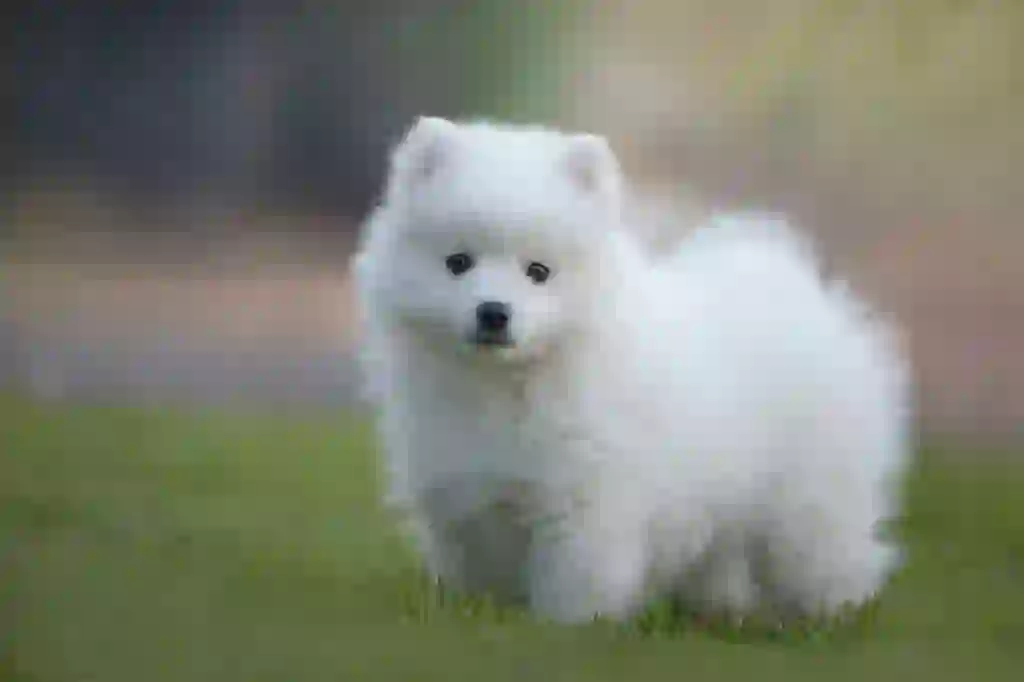
Is the Japanese Spitz prone to excessive barking?
Through improved breeding practices, the Japanese Spitz has become a breed known for minimal unnecessary barking. They are beloved for being mild-mannered, sociable, and curious.
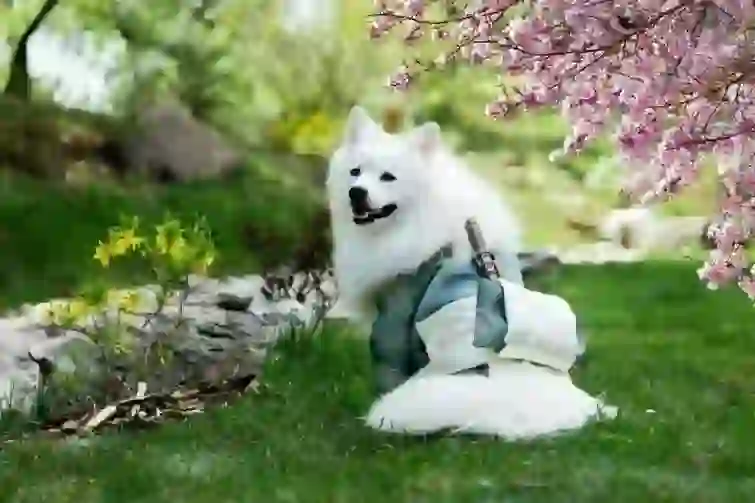
What can be done to maintain the beautiful coat of the Japanese Spitz?
To maintain a beautiful coat, regular brushing and periodic shampooing are essential. Special attention should be given to the neck, chest, and tail areas, which are particularly bushy, to prevent matting.
To prevent skin diseases, shampooing approximately once to twice a month is recommended. As the Japanese Spitz has a thick coat, using a dryer is advisable.
Due to their dense coat, they are also at risk of heatstroke in the summer, so ensuring they have access to water regularly is important.
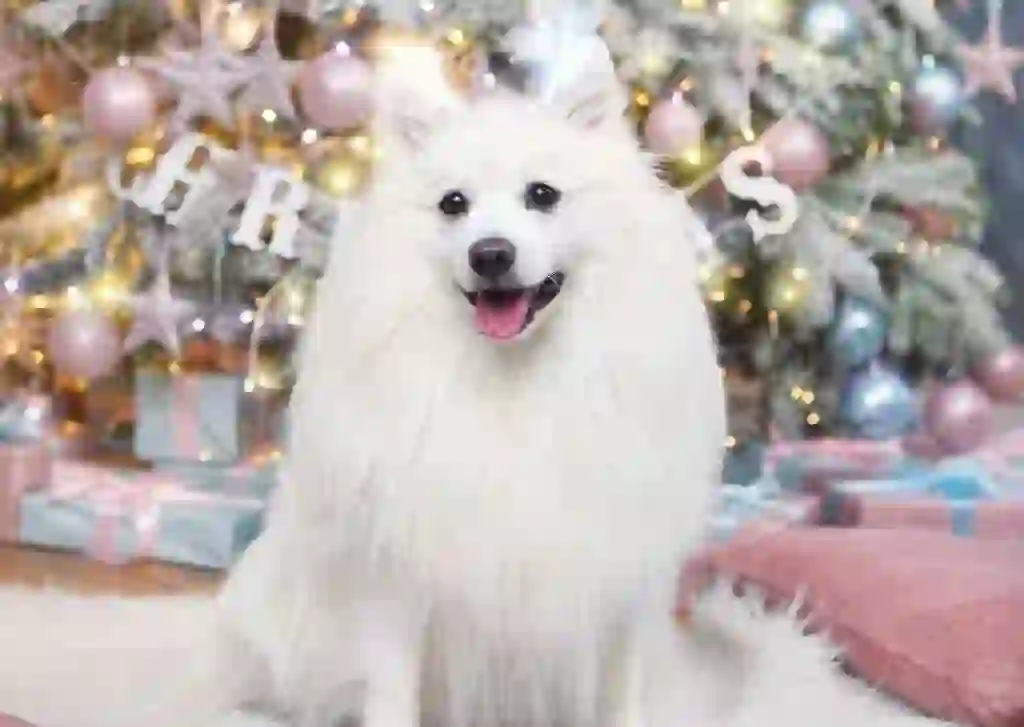
How much walking does a Japanese Spitz need daily?
The Japanese Spitz is lively and loves to play. Therefore, aiming for about one hour of walking per day is beneficial. This can be split into two 30-minute walks. In addition to walks, playing with dog toys like balls or ropes can help with stress relief and maintaining physical fitness.

What diseases are Japanese Spitzes prone to?
Japanese Spitzes should be particularly cautious about the following three diseases:
- Patellar Luxation: A condition where the knee joint slips out of place. To prevent this, it is necessary to avoid walking on steep slopes or stairs and to place mats indoors.
- Tracheal Collapse: A condition where the trachea becomes overly sensitive, leading to oxygen deprivation and an increase in body temperature. The main symptom is a dry cough. Adjusting room temperature and avoiding pulling on the collar during walks can help manage this condition.
- Skin Inflammation: Japanese Spitzes have a lot of fur, and neglecting brushing can reduce ventilation and increase the risk of dermatitis. Regular brushing and shampooing are essential for preventing skin diseases.

Would you like to become a part of the 'Animalbook.jp'?
Turn your knowledge into Q&A and share it with the world. ※Publication will be activated after purchase. Let's share information together!
Japanese Spitz Type of List

- Japanese Spitz
Information
Congratulations! You are the first commenter!

Create Your Favorite List!
Japanese Spitz
Save the animals you love! Build your own list to quickly revisit your favorites later.

Would you like to leave a comment?
※Please note: This is for the purchase of rights to post comments within the article.
Find Your Favorites!
Our shop offers a unique and attractive selection of goods themed around various animals.
Japanese Spitz References

- ・いちばんよくわかる犬種図鑑(メイツ出版 監修:奥田香代)
- ・日本スピッツってどんな犬?性格としつけ方 https://www.axa-direct.co.jp/pet/pet_dog/library/japanese_spitz.html
- ・みんなの犬図鑑ー日本スピッツ https://www.min-inuzukan.com/spitz.html
- ・日本スピッツの特徴・性格 最新価格と飼い方|いぬのきもち 犬図鑑 https://dog.benesse.ne.jp/doglist/medium/content/?id=13433
- ・日本スピッツの性格や特徴、飼い方やしつけ、価格や寿命について https://wanchan.jp/osusume/detail/6043
- ・日本スピッツの飼い方を解説!性格や特徴は?寿命やなりやすい病気って? https://and-pet.jp/japanesespitz_taming/#i-2
- ・日本スピッツってどんな犬?性格と特徴から考えるしつけと飼い方のコツ! https://mofmo.jp/article/2662
- ・日本スピッツがかかりやすい病気・ケガ https://www.fpc-pet.co.jp/dog/japanese-spitz/sickness
- ・日本スピッツ | 一般社団法人 ジャパンケネルクラブ https://www.jkc.or.jp/archives/world_dogs/2559
- ・日本スピッツ|Purina https://nestle.jp/brand/purina/dogs/dog-breeds/japanese-spitz/
Japanese Spitz Introduction of media used

出典:https://pixabay.com/images/id-3699477/

出典:https://pixabay.com/images/id-4266262/

出典:https://unsplash.com/photos/tRzIy9UAy68

出典:https://unsplash.com/photos/6qJAAJSyUFM

出典:https://pixabay.com/images/id-3699480/

出典:https://pixabay.com/images/id-3169566/

出典:https://pixabay.com/images/id-5735829/

出典:https://unsplash.com/photos/DsQvQ7yycuI

出典:https://unsplash.com/photos/4FJnQNX_ZKs

出典:https://pixabay.com/images/id-1746738/

出典:https://pixabay.com/images/id-2709747/

Help Enrich Our Animalbook.jp with Your Media!
We are constantly looking to expand and enrich our Animalbook.jp with amazing photos and videos of animals. If you have any media that you'd like to share, please contribute and help us showcase the beauty and diversity of the animal kingdom. Your submissions will be credited and featured in our encyclopedia, reaching a wide audience of animal lovers.


















